- [Shajiraku]Homepage
- Experience
- A performance given by Atsushi Yoshida, a young...
- Experience
Selection - Location
Selection - To
Provisional
Reservation
Request
感Feeling
A performance given by Atsushi Yoshida, a younger Noh actor of the Kanze school
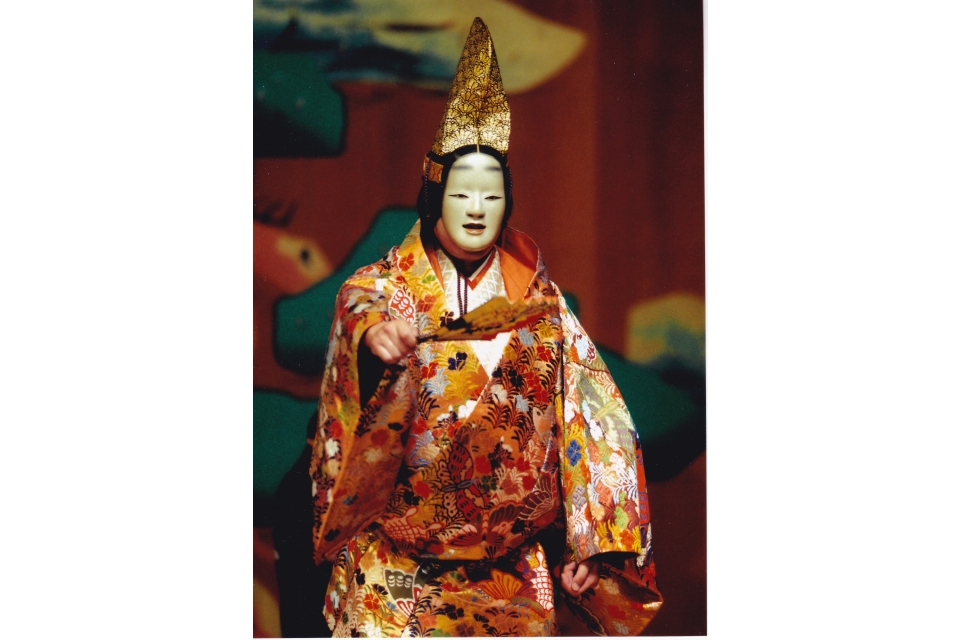
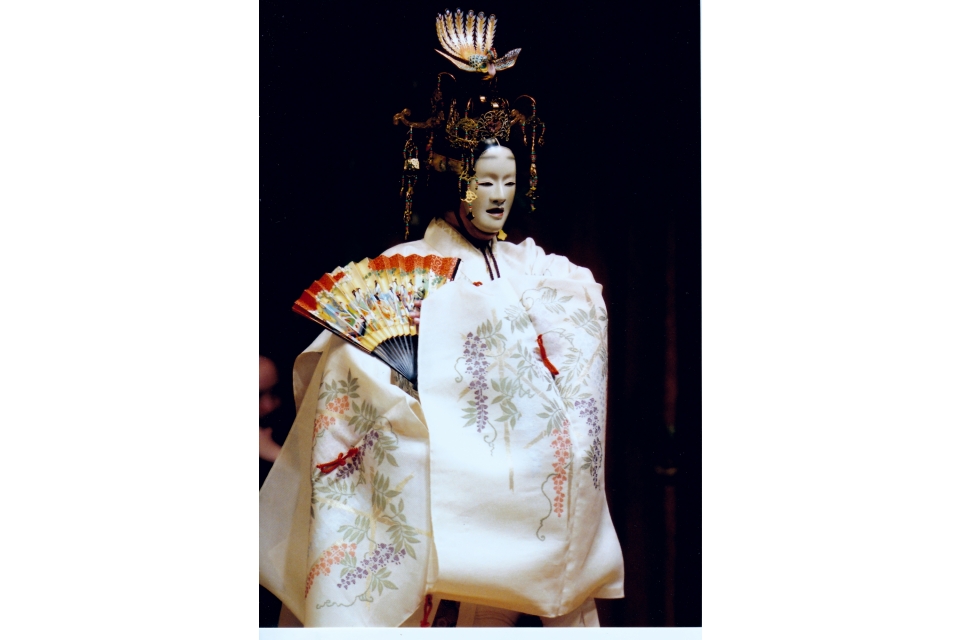

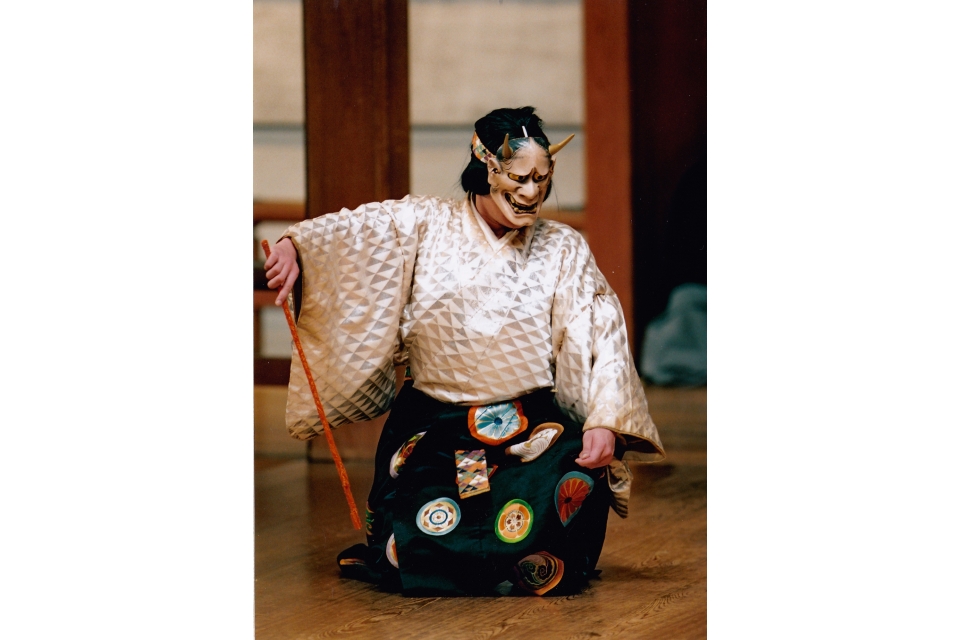
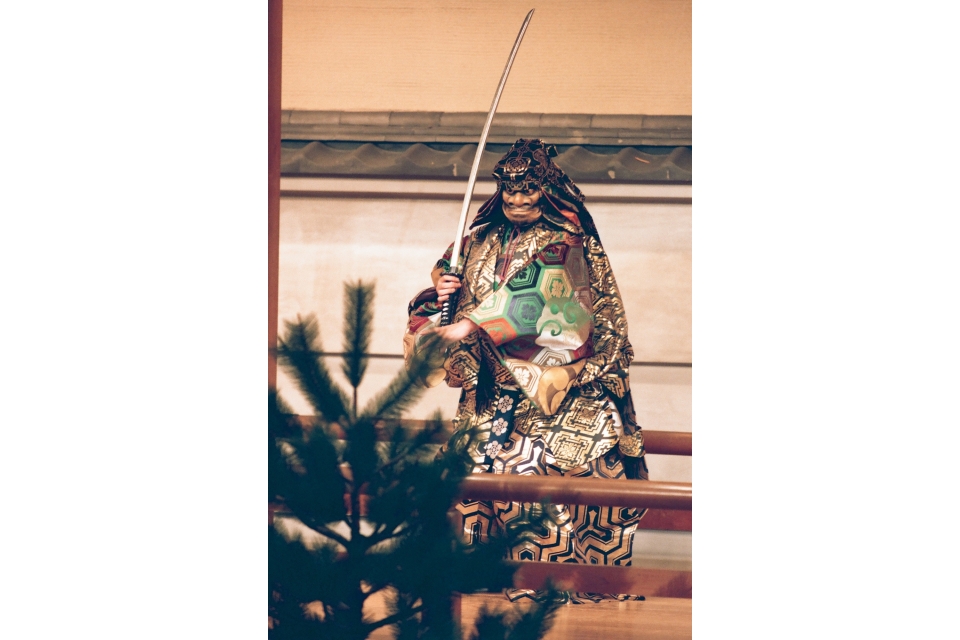
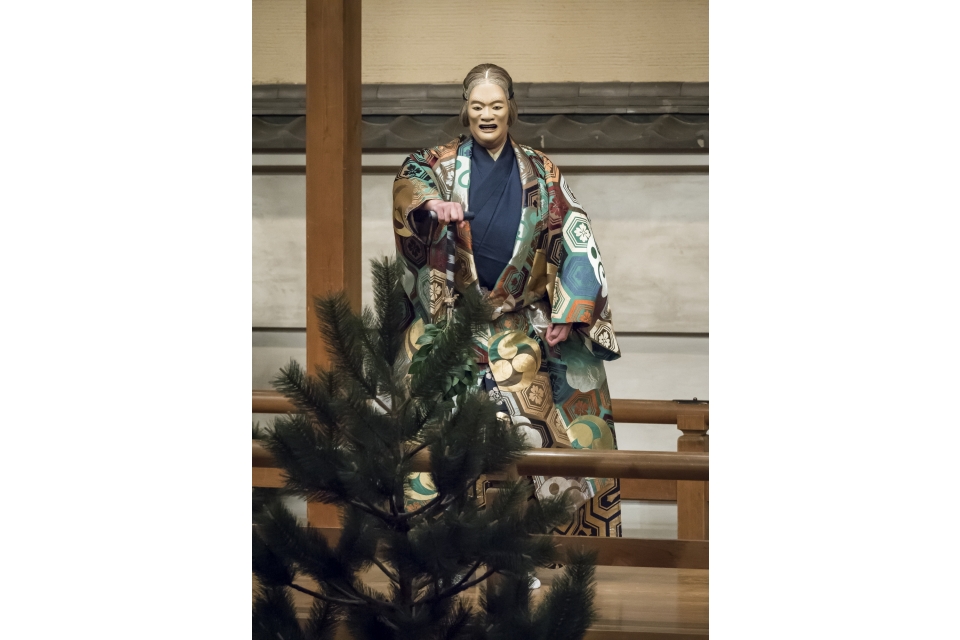
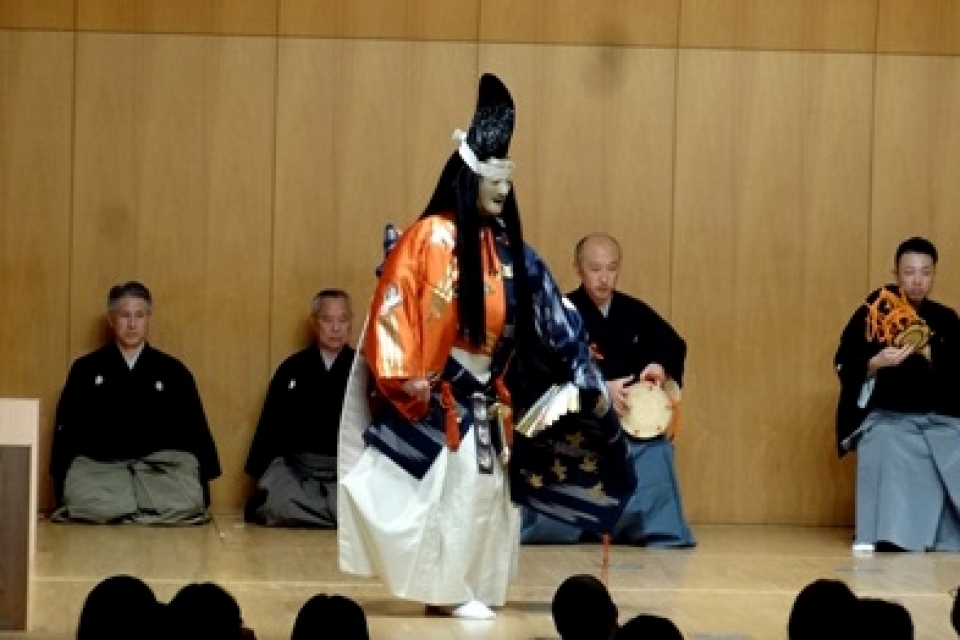
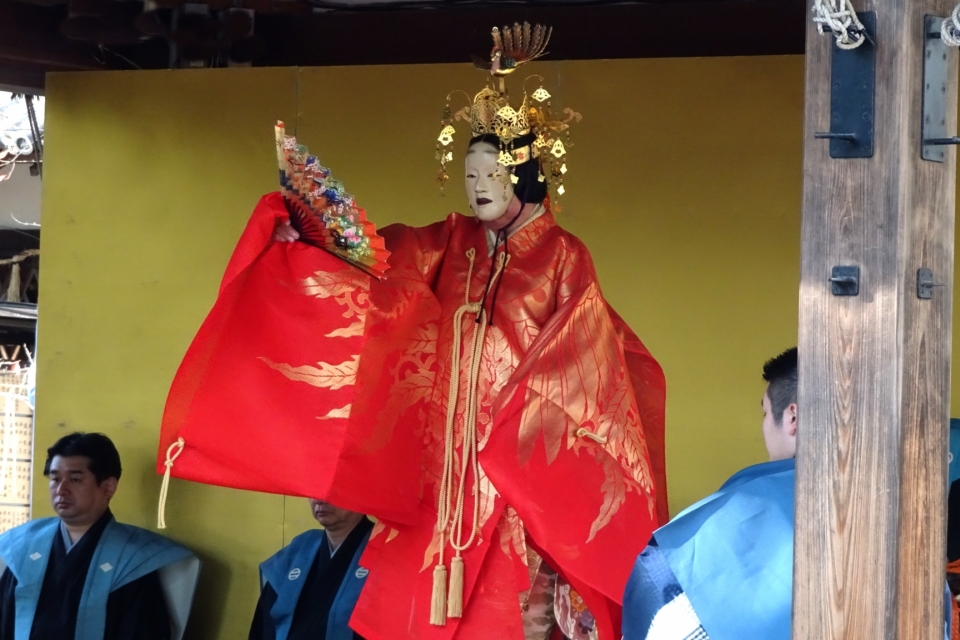
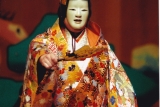
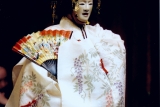

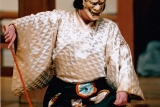
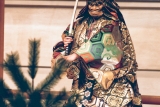
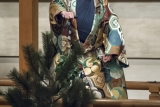
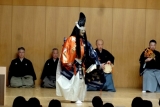
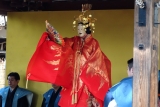
Guests can enjoy experiencing what it is like to chant and dance in Noh style as well as watch a performance of Atsushi Yoshida, a Noh actor who is very active in passing on the tradition of the art, introduces the world of Noh theater in a way that makes it understandable through easy explanations. Enjoy a lavish performance given by eight performers consisting of dancing by the protagonist and chanting by members of the accompaniment section.
Atsushi Yoshida, Kanze school Noh actor
Profile
Atsushi Yoshida is a member of the Association for Japanese Noh Plays (Certified General Holder of Important Intangible Cultural Property) and affiliated with the Nohgaku Performers’ Association.
He studied under Noh actor Hirohisa Inoue.
Born in 1974, Yoshida made his first debut on the stage of Kurama Tengu in the cherry blossom viewing scene at the age of three.
While attending Doshisha University, he trained extensively as an apprentice of Hirohisa Inoue.
While continuing as an actor in Noh performances having become independent in 2003, he is involved in activities such as teaching chant and dance at eight locations, including Kyoto, as the third-generation owner of Yoshida Kayosha.
He is a younger Noh actor who is actively involved in the art.
Kanze Ryu is one of the Noh schools that still exist today, and its original form serves as the origin of Noh. It was founded by Kan’ami Kyotsugu (1333–1384) who was employed as the head of main actors of the Yuzaki Group, a Sarugaku theater group active in Yamato Province (modern-day Nara Prefecture) during the Northern and Southern Courts Period (1336–1392). When on a trip together with his son Zeami Motokiyo (1364–1444) to give a performance, Kan'ami’s talent was recognized by Ashikaga Yoshimitsu, third shogun of the Muromachi shogunate. His patronage allowed Kan’ami to perform in many areas. The Kanze style of Noh, which absorbed the aristocratic culture of the capital, continued to be refined as a performing art by Kan'ami and Zeami. Succeeding his father as the second-generation head of the Kanze school. Zeami published Fushikaden (The Flowering Spirit) and other works which discussed his theories on the performing arts, becoming a perfectionist who elevated Noh to an art deeply rooted in profound humanism and philosophy. Noh theater is said to be an art which turns omissions into beauty. For example, one branch with artificial cherry blossoms represent the cherry blossoms on the whole mountain, boats are represented simply by using frames, creating surplus void by thoroughly abandoning the use of concrete representations, making the void tell the story. It involves appealing to the imagination of the viewer and summoning a world of pure emotions. This is also an approach seen in Japanese painting and tea ceremony, and this is what the spirit of Japanese beauty is.
Atsushi Yoshida, Kanze school Noh actor
Profile
Atsushi Yoshida is a member of the Association for Japanese Noh Plays (Certified General Holder of Important Intangible Cultural Property) and affiliated with the Nohgaku Performers’ Association.
He studied under Noh actor Hirohisa Inoue.
Born in 1974, Yoshida made his first debut on the stage of Kurama Tengu in the cherry blossom viewing scene at the age of three.
While attending Doshisha University, he trained extensively as an apprentice of Hirohisa Inoue.
While continuing as an actor in Noh performances having become independent in 2003, he is involved in activities such as teaching chant and dance at eight locations, including Kyoto, as the third-generation owner of Yoshida Kayosha.
He is a younger Noh actor who is actively involved in the art.
Kanze Ryu is one of the Noh schools that still exist today, and its original form serves as the origin of Noh. It was founded by Kan’ami Kyotsugu (1333–1384) who was employed as the head of main actors of the Yuzaki Group, a Sarugaku theater group active in Yamato Province (modern-day Nara Prefecture) during the Northern and Southern Courts Period (1336–1392). When on a trip together with his son Zeami Motokiyo (1364–1444) to give a performance, Kan'ami’s talent was recognized by Ashikaga Yoshimitsu, third shogun of the Muromachi shogunate. His patronage allowed Kan’ami to perform in many areas. The Kanze style of Noh, which absorbed the aristocratic culture of the capital, continued to be refined as a performing art by Kan'ami and Zeami. Succeeding his father as the second-generation head of the Kanze school. Zeami published Fushikaden (The Flowering Spirit) and other works which discussed his theories on the performing arts, becoming a perfectionist who elevated Noh to an art deeply rooted in profound humanism and philosophy. Noh theater is said to be an art which turns omissions into beauty. For example, one branch with artificial cherry blossoms represent the cherry blossoms on the whole mountain, boats are represented simply by using frames, creating surplus void by thoroughly abandoning the use of concrete representations, making the void tell the story. It involves appealing to the imagination of the viewer and summoning a world of pure emotions. This is also an approach seen in Japanese painting and tea ceremony, and this is what the spirit of Japanese beauty is.





